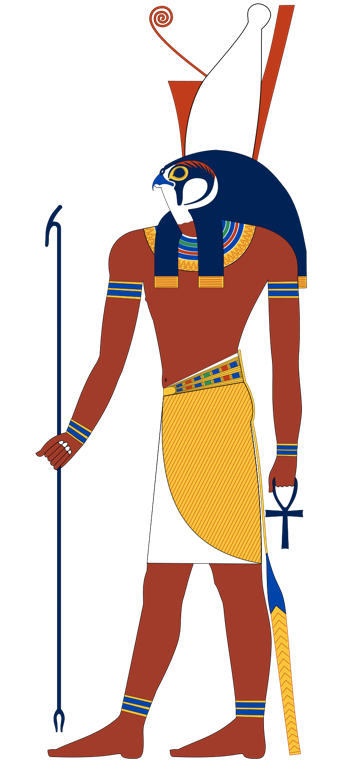The Origins and Significance of Horus
Horus stands as one of the most significant deities in ancient Egyptian mythology. The ancients revered him primarily as the sky god, with his eyes representing the sun and the moon. Born to Isis and Osiris, Horus embodies the theme of rightful succession. He avenges his father’s death at the hands of the usurper Seth, in a tale that captivates the struggle for power and order over chaos. Horus’s story underscores the pharaohs’ divine right to rule, as they were often equated with Horus. This link reflected their role as protectors of the realm and upholders of ma’at, the principle of cosmic balance and order.
Get your dose of History via Email
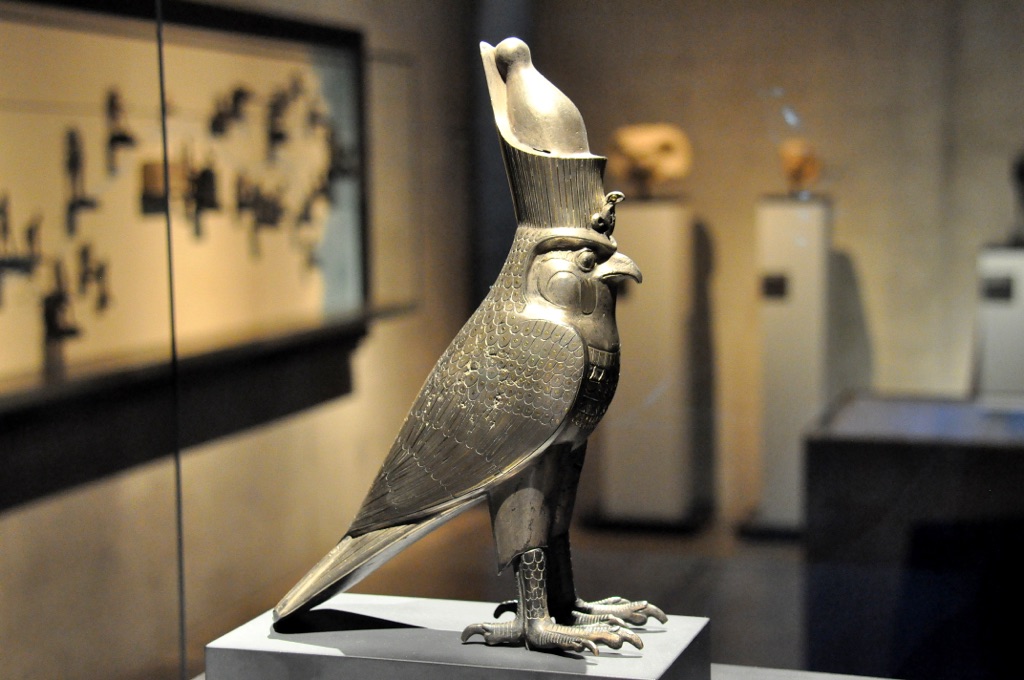
Horus’s Cultural Impact and Iconography
Fascination with Horus is not just rooted in myth, but also in his portrayal and worship. His depictions often feature a falcon’s head atop a human body, symbolizing his status as a sky deity and divine protector. Temples across Egypt, like the grand structures at Edfu and Kom Ombo, serve as testaments to his worship and the lasting influence of his cult. Horus’s iconic Eye, the “Wedjat,” transcends mere symbolism, offering a glimpse into ancient Egyptian values. It represents healing, protection, and wholeness, compelling countless generations to adorn themselves with amulets bearing its image. Through these enduring visuals and narratives, Horus remains emblematic of ancient Egyptian religion, culture, and artistry, his legacy enduring in historical texts, architectural marvels, and the fascination of modern-day learners and scholars alike.
Horus: From Sky God to Symbol of Kingship
The Origins and Worship of Horus
In the pantheon of ancient Egyptian deities, Horus holds a place of high reverence. Believed to be the god of the sky, he is portrayed with the head of a falcon, symbolizing his dominion over the heavens. The worship of Horus stretches back to the pre-dynastic period, making him one of the oldest recorded gods. His mythological origins tell a tale of valor, as he avenges his father Osiris’s death and battles his uncle Seth. This narrative resonated with the people of Egypt, who admired strength and perseverance. As a deity of kingship, Horus became emblematic of the ruling pharaoh, who was seen as his earthly incarnation.
Horus’s Integration into Royal Ideology
With time, Horus transcended his role as a formidable sky god to become a pivotal figure in the state’s governance. His integration into the royal ideology signified a divine endorsement of the pharaoh’s authority. Temples dedicated to Horus dotted the Nile valley, serving both as sites of worship and hubs of political power. During rituals, the pharaoh would embody Horus, reinforcing the royal lineage’s sacred nature. Each successor to the throne was Horus in life, seamlessly blending divine providence with mortal rulership. This symbiosis stabilized and legitimized the pharaoh’s reign over ancient Egypt.
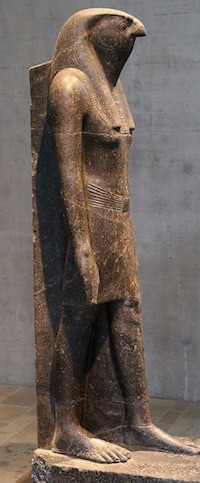
The Enduring Legacy of Horus
Horus’s legacy is one of endurance and evolution. His iconography—a falcon or the eye known as the “Eye of Horus”—has transcended millennia, symbolizing protection, royal power, and good health. Archeologists unearth relics stamped with his image, a testament to his perpetual reverence. Beyond religious significance, Horus represents the impeccable merger of deity and kingship that characterized ancient Egyptian civilization. Modern-day fascination with Horus is a reflection of humanity’s quest to understand the divine and its influence on earthly governance, a theme as timeless as the sky god himself.
The Eye of Horus: Protective Symbolism and Its Evolution
The ancient Egyptians revered the Eye of Horus as a potent symbol of protection. It represented healing and eternal vigilance. The mythology behind this sacred emblem has Horus losing his left eye in a fierce battle. Through magical restoration, the eye gained more significance, symbolizing the process of making whole what was once lost. Today, the Eye of Horus still holds a fascination for many. It symbolizes safeguarding oneself against the evils and misfortunes of life.
Historical Significance and Interpretations
In history, the Eye of Horus played a crucial role in daily Egyptian life. They painted it on their boats, believing it would guide and guard them on treacherous journeys. The symbol adorned jewelry to ward off ill intentions and to invoke safety. They also engraved it on their dead as a safeguard for the afterlife. Different parts of the eye represented specific human senses, creating an icon of comprehensive protection and power. With these practices, the Eye of Horus transcended its original tale, embodying a complex symbol of overall well-being.
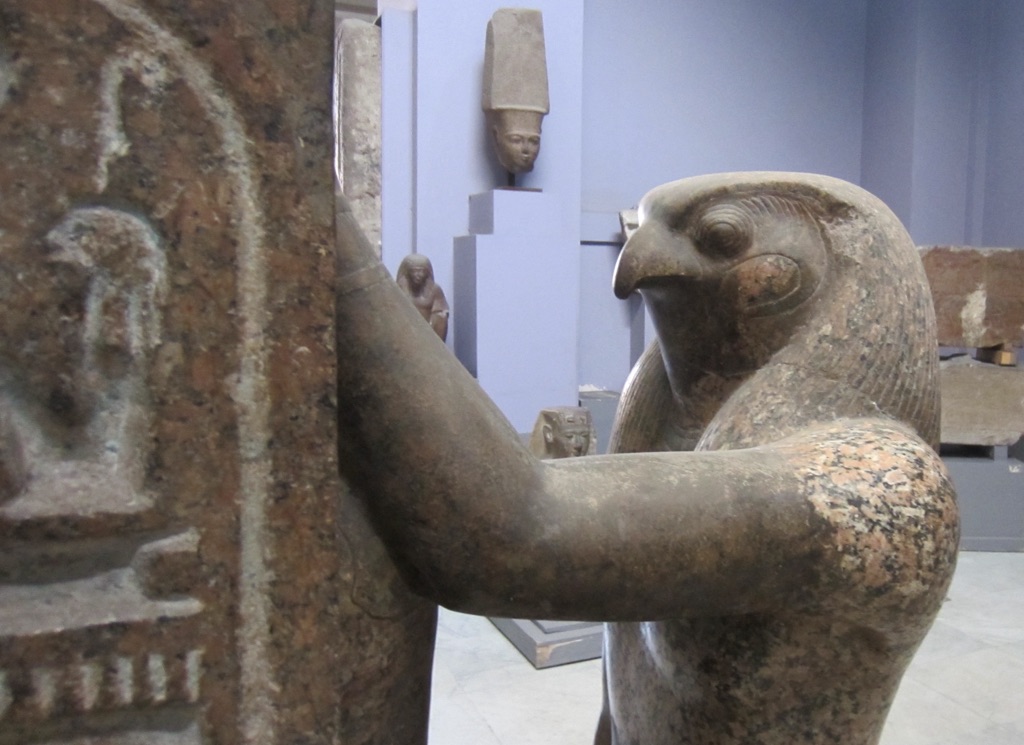
Modern Cultural Impact and Adaptations
Nowadays, the Eye of Horus has made its way into popular culture. It appears in tattoos, artwork, and fashion, a testament to its timeless appeal. Moreover, its original use has evolved. People use it in holistic health and meditation practices. They believe in its power to bring balance and renew inner energy. What once stood as an ancient emblem is now a trendy motif. It shows the universality of the need for protection and healing across ages. Its evolution from an Egyptian relic to a global symbol underscores its enduring allure and significance.
Horus and Set: Conflict and Reconciliation in Egyptian Myths
In the tapestry of Egyptian mythology, the tale of Horus and Set stands out. It delves into the essence of conflict and the quest for justice. Horus, the falcon-headed god, represented kingship and the sky. Set, the god of chaos, storms, and the desert, was known for his wily nature. Their legendary duel for supremacy is more than just a story; it reflects the dual nature of existence—order and chaos. Ancient Egyptians revered this narrative, as it underscored the balance necessary for life to thrive.
The Struggle for the Throne
Central to this myth is the battle for the throne of Egypt. It began with the murder of Osiris, Horus’s father, by his ambitious brother Set. Horus vowed revenge and sought to reclaim his father’s throne, asserting his legitimate rule. Their clashes were epic, a series of fierce encounters and strategic maneuvers. Egyptians depicted these in temple reliefs, dramatizing the gods’ battle through art and storytelling. The tale functioned not just as lore, but as a divine mandate, validating the rightful succession of pharaohs.
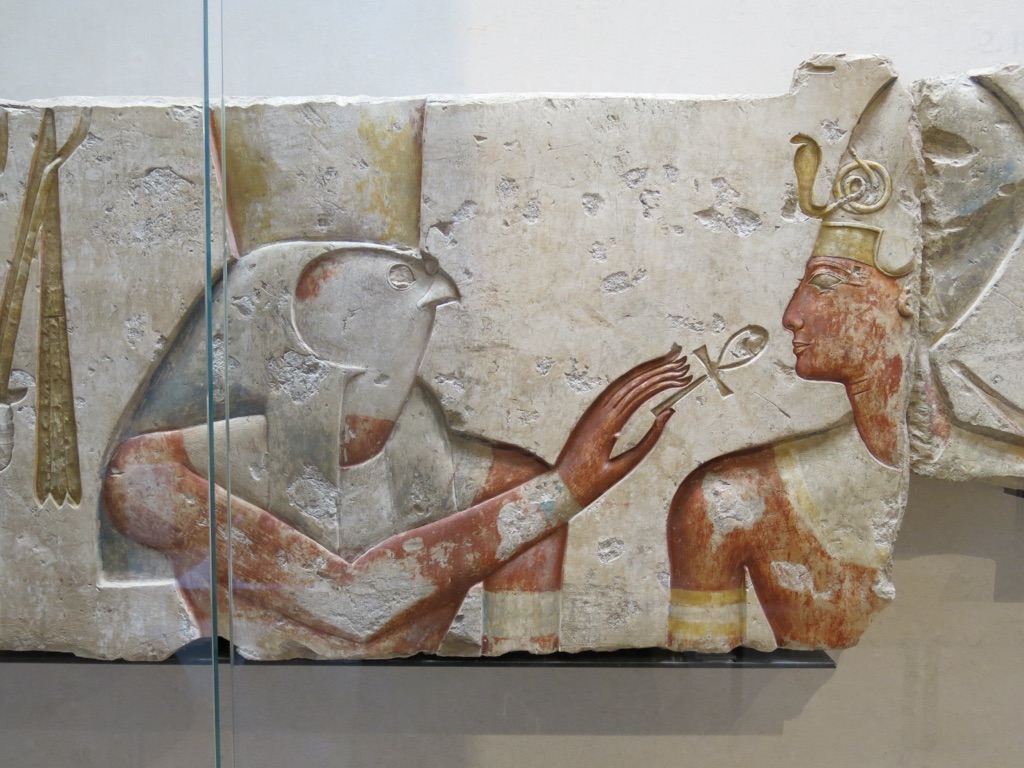
The Legend’s Lasting Impact
The conflict’s resolution carries deep cultural significance. Horus and Set’s eventual reconciliation was important. It symbolized the restoration of Ma’at—the concept of harmony and order vital to Egyptian society. This story’s endurance through millennia illustrates its weight in Egyptian thought. Pharaohs often aligned themselves with Horus, emulating his role as protector and ruler. The reconciliation with Set underscored the importance of unity and stability in ruling a diverse and expansive kingdom like ancient Egypt.
Conclusion and Sources
In wrapping up, it’s essential to reaffirm the importance of quality content that aligns with best practices. Adhering to the guidelines for readability, brevity, and user engagement can greatly influence the visibility and effectiveness of online content. Creating concise, straightforward, and informative articles should always be the goal for optimal search engine ranking.
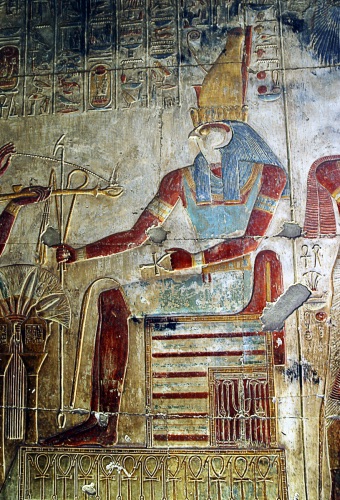
For further reading and to validate the information presented in this article, the following sources are recommended:

